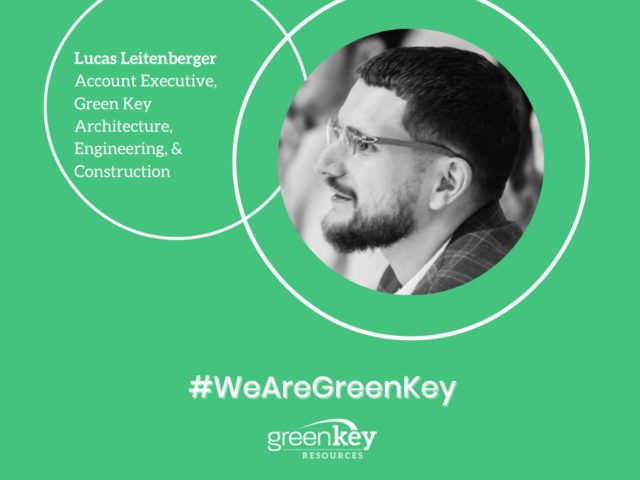At the height of the Great Reshuffle, remote work and hybrid schedules are trending more than ever. But a trying out a flexible model can be just as beneficial to the productivity of your company and employees. On the value of flexible work, Microsoft says, “Companies should envision a kind of fluidity that lets everyone integrate work more holistically into their lives. The trick is figuring out how to do this in a way that balances business outcomes with people and their wellbeing.”
Types of flexible work
The main thing to remember about flexible work models is that no two are the same. What might work for one company, might not work for another. That’s the key to the flexibility. Some options include:
- Compressed hours, where an employee might compress their 40 hour work week into four days, rather than five. Or simply working more hours in one day and less in the next, so long as the work gets done
- Work from home opportunities and allowing employees to manage their own schedule throughout the week
- Flextime: a new concept that allows employees to determine their start and end times of the work day. Autonomous says, “This flexible model is beneficial to individuals who have responsibilities prior to and after work begins. For example, the school run, or a long commute or any other types of engagements.” This model is specifically catered to those with kids or caretaker responsibilities.
- Job sharing, which splits the full-time work of one job between two people and part-time schedules
Making it work
Establishing and maintaining a flexible work model can be difficult, especially for those who have worked the same way for a long time. The fact is, though, there is no longer one standard way to work. Professionals want to know they are trusted to get their work done. They want the opportunity to prove their productivity and skills, while also not being micromanaged.
Microsoft reiterates this, stating, “As technology evolves to help build flexibility into the flow of work, every organization will need to evolve its culture along with it, and getting there requires companies to rewire their thinking. That starts with listening and experimentation.”
In order to get there, managers need to remember to not only listen to their employees, but to set clear and realistic goal. Your employees should understand exactly what is expected from them in order for them to determine how they’ll get it done. Additionally, managers should continue open communication with their team, as well as check-in meetings to determine objective and allow room for questions and discussions.
The benefits
Though it comes with its challenges, a flexible work model has strong and noticeable benefits. In addition to increased productivity and better mental health for employees, it also reduces burnout, creates an environment of support, and broadens the pool for potential candidates. In the end, all flexible work models are working toward the same goal: to build a community on trust and fulfillment for both the employees and company.




